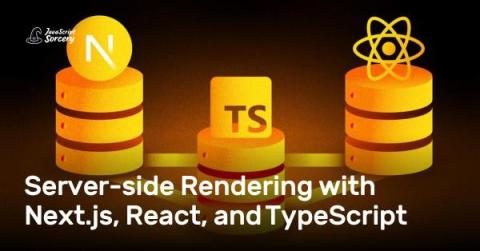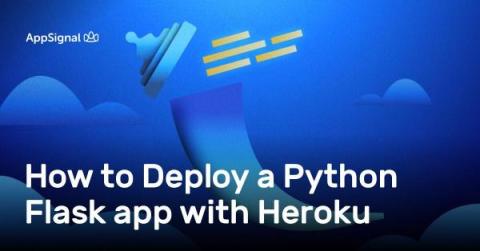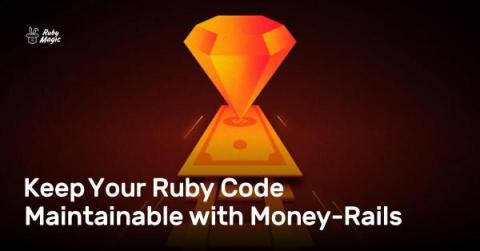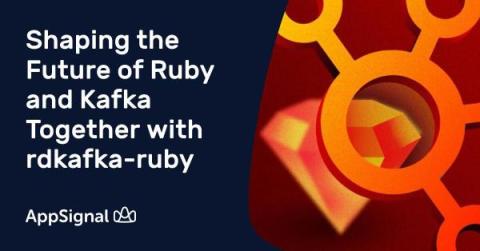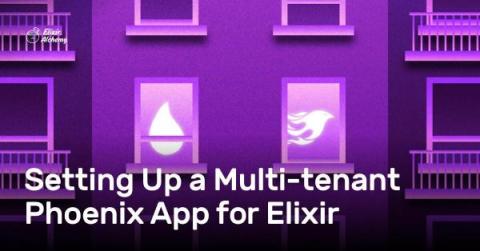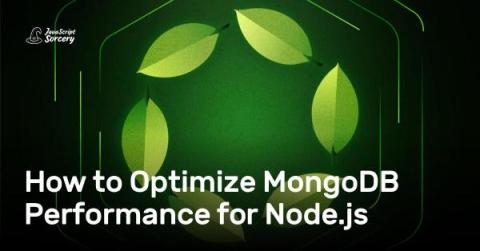Connecting React.js and StimulusJS with JavaScript Events
We recently added a "Getting started" page to the AppSignal, which shows new users a page filled with recommended steps to help them get the most out of their AppSignal experience. Some users enjoy having a helping hand when getting started with AppSignal, others prefer exploring our product solo or already have experience with AppSignal. To give all of our users the option of a guided or solo experience, we needed to a toggle that hides or shows the Getting started page.



